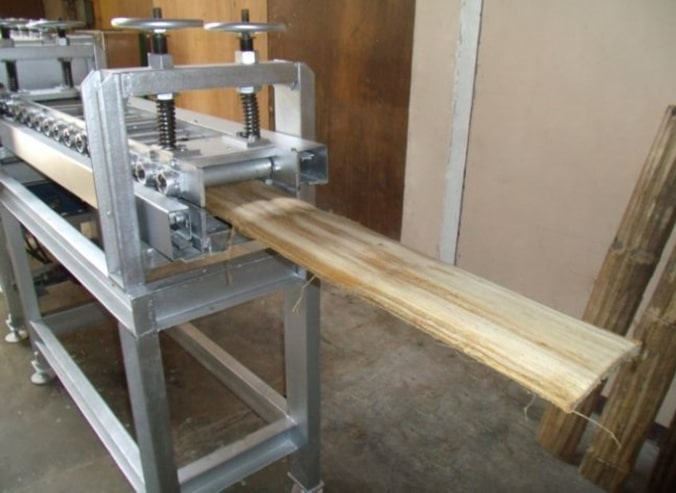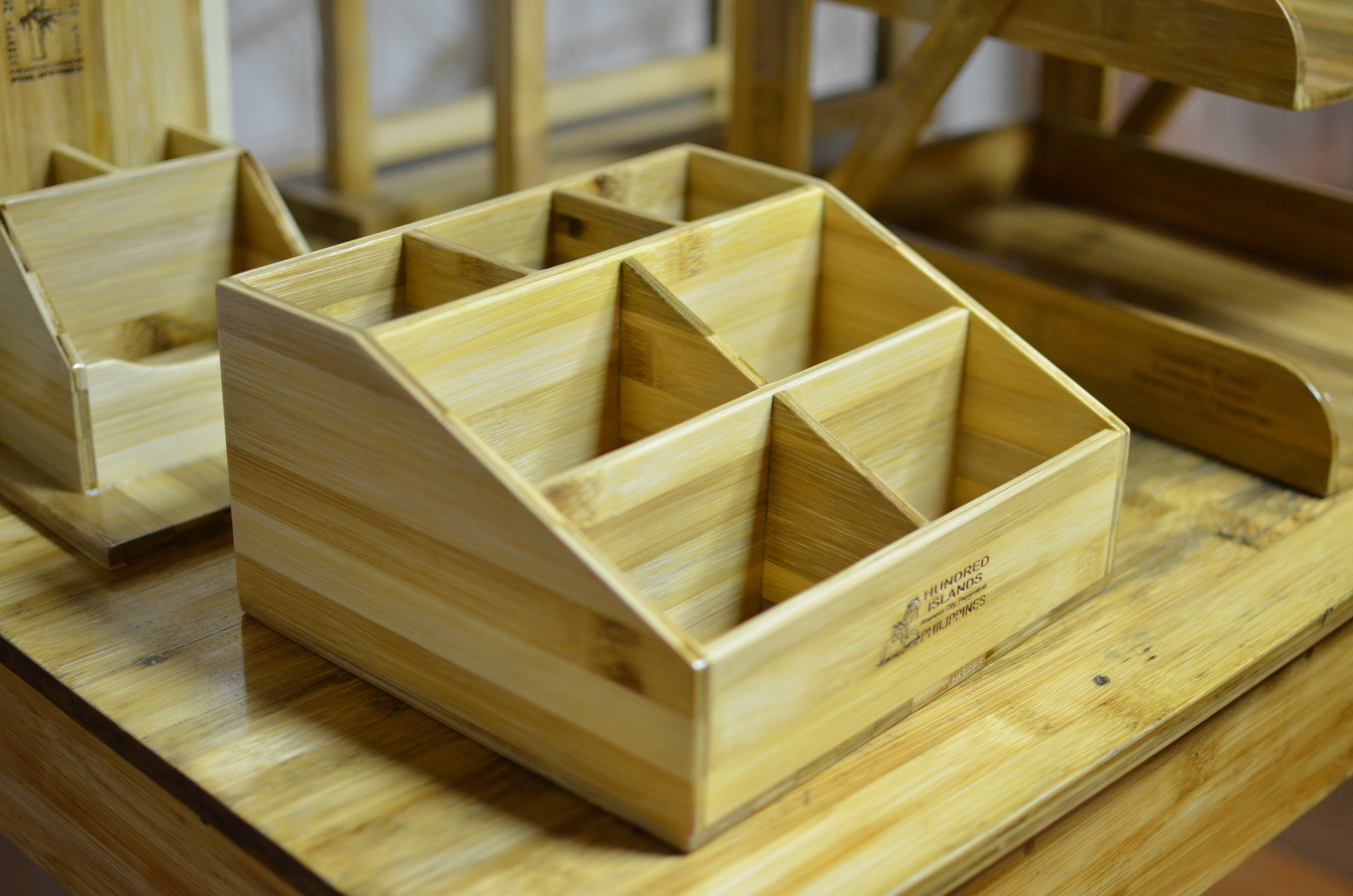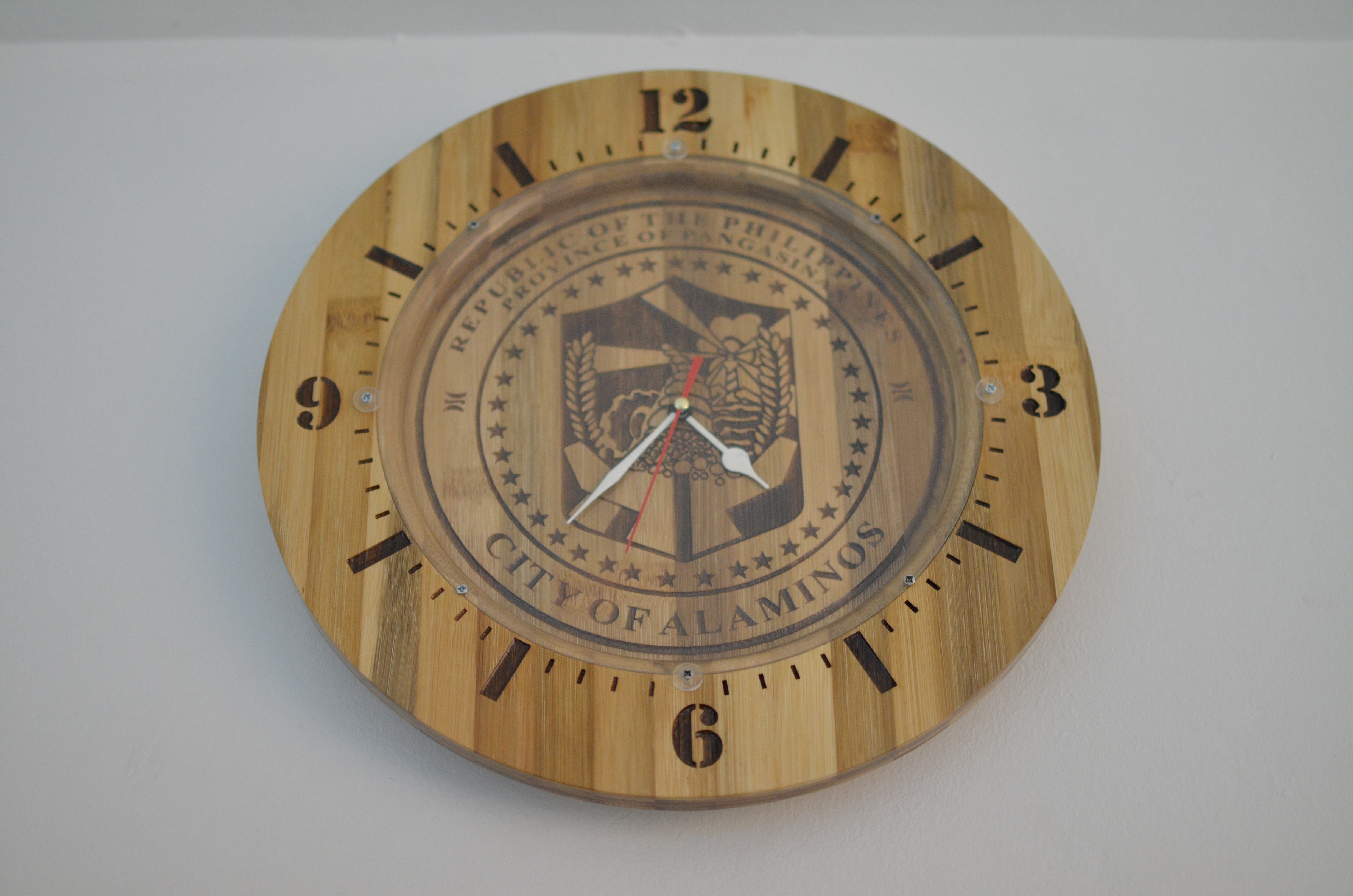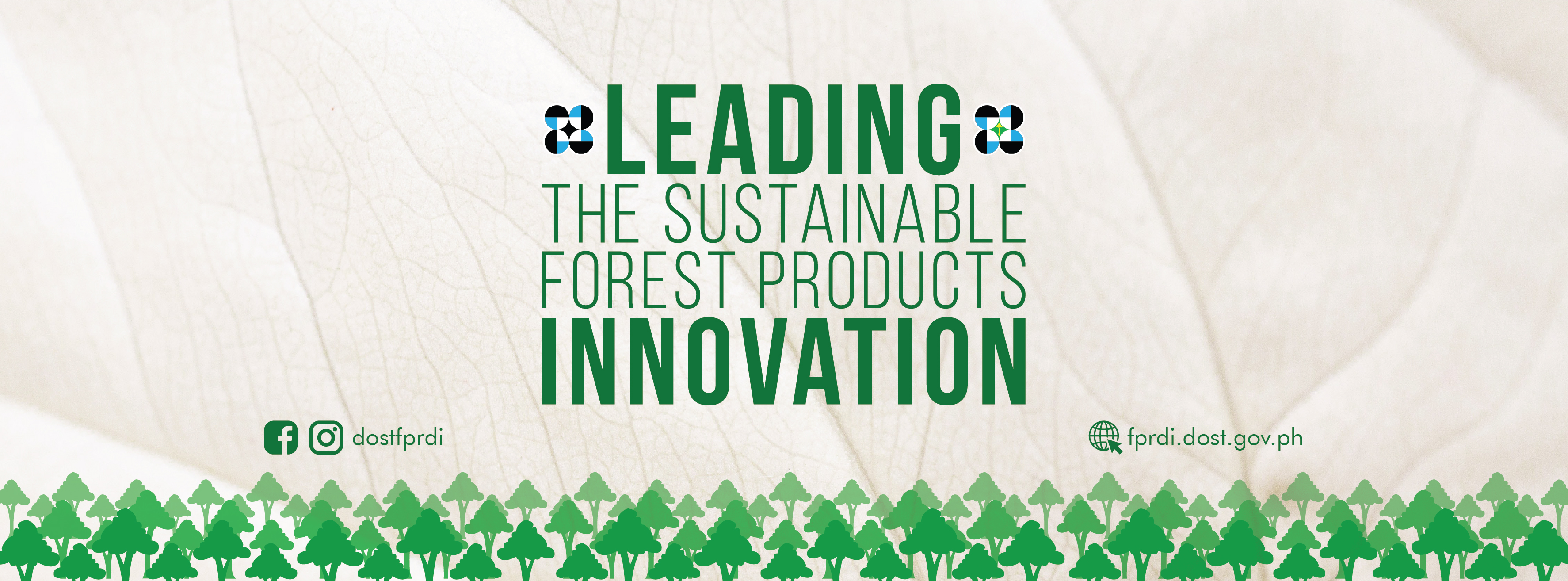The Department of Science and Technology - Forest Products Research and Development Institute (FPRDI) is now a step closer towards fully commercializing one of its developed technologies.
The Institute has recently signed a Technology Licensing Agreement (TLA) for the FPRDI Bamboo Flattening Machine with the Laguna-based LAMBS Agri-Mechanicals company.

Among other obligations, the TLA requires DOST-FPRDI as the creator and owner of the flattening machine to grant LAMBS a non-exclusive and non-transferable license to use, produce and/or commercialize the machine in the Philippines within 5 years from the company’s start of fabrication.
In turn, among other duties, LAMBS will pay DOST-FPRDI a licensing fee of 3% based on the technology cost and a 3% royalty based on net sales of the machine.
The TLA is DOST-FPRDI’s output for HIRANG, an internship program that aims to level up DOST technology transfer officers’ skills, network and industry competence. HIRANG stands for Honing Innovations, Research, Agreements and Negotiations of Government-funded technologies and is spearheaded by DOST-Technology Application and Promotion Institute (TAPI).
Compared to the very tedious traditional method using an adze or bolo, the FPRDI Bamboo Flattening Machine is an efficient and profitable way of producing flattened bamboo. The resulting material can be converted into engineered bamboo components for high-value furniture, handicrafts and building materials.



With an output of 200 square meters of flattened bamboo a day and a fabrication cost of Php 1.2 million, the machine is expected to boost the growth of the local engineered bamboo industry.
Flattened bamboo may also be used in making nonwoven bamboo textiles, face masks and filter, and school chairs and desks. The government requires the use of bamboo for at least 25% of desks and other furniture requirements of public elementary and secondary schools, and prioritizes its use in the furniture, fixtures and other construction requirements of public facilities.
To meet the industry’s raw material needs, bamboo plantations are now being put up nationwide with support from the both government and the private sectors.
In 2018, DOST-Philippine Council for Agriculture, Forestry, Aquatic and Natural Resources Research and Development (PCAARRD) reported that the country has 39,200 to 52,700 hectares of bamboo plantation. Of these, 58 percent are in forest lands; 5 percent in government plantations; 7 percent in private plantations; and 30 percent in natural stands in private lands.
Given the right plantation management and processing innovations, the country’s bamboo industry can play a key role in improving farmers’ lives. In some parts of China, a farmer with a one-hectare bamboo plantation is said to earn as much as USD30,000 or about PHP 1.5 million a year.”
DOST-FPRDI is located at the base of Mt. Makiling, Los BaÑos, Laguna. With the country’s dwindling forest resources, the agency does not study forest timber anymore, but instead looks for ways to wisely use many native plants, tree plantation species, and related natural materials to meet its clients’ needs. Much of what the Institute does shows its commitment to help protect the planet.
For more information about DOST-FPRDI, visit https://fprdi.dost.gov.ph/. ### (Rizalina K. Araral, 06 May 2021)











